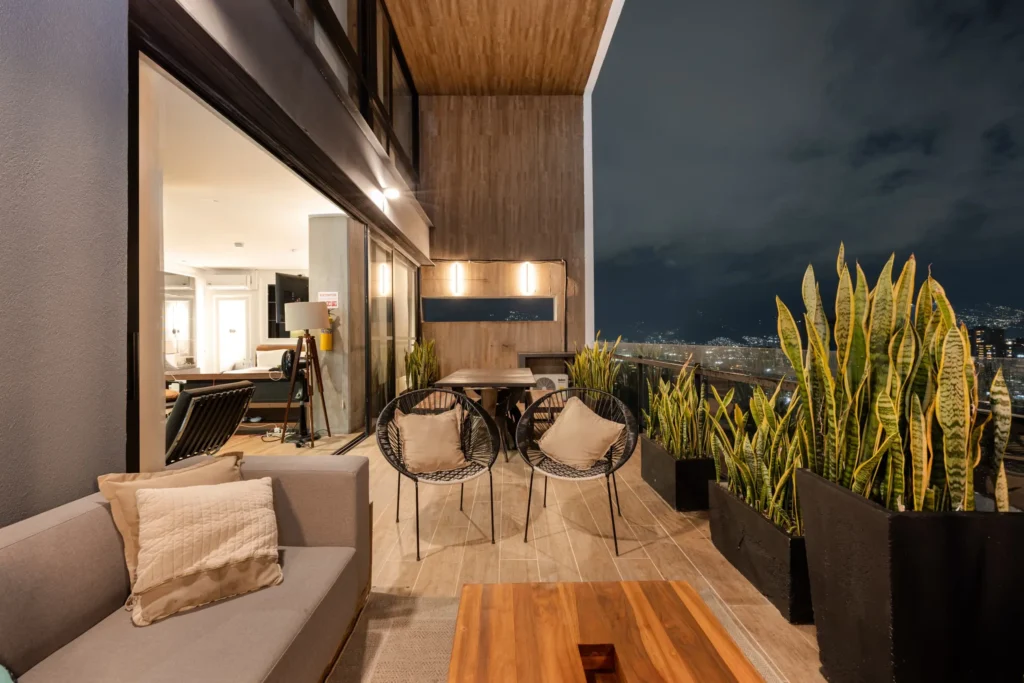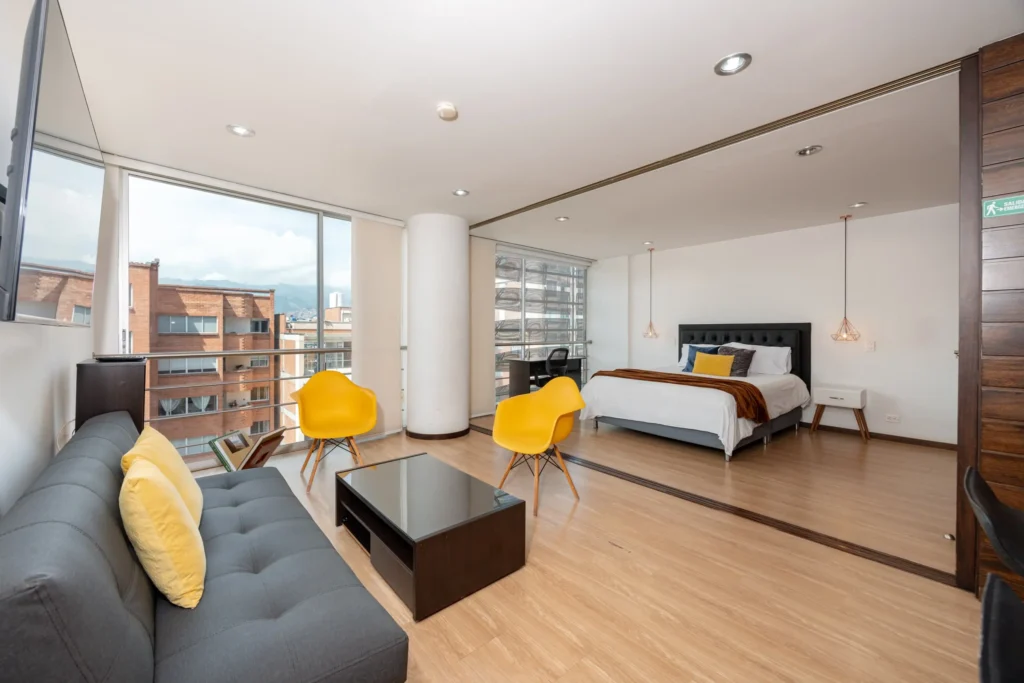Does hurling metal objects toward some explosives sound exciting?
Well, throw in some beer, and an evening playing tejo may be just what you need to liven up a Friday night!
Tejo is Colombia’s National sport, but admittedly, I had never heard of it before I came to the country.
However, it was at the top of every list of ‘best things to do in Medellin.’ So, I had to find out what all the fuss was about.
Tejo is one of the few pre-Colombian sports to stand the test of time, as it’s still massively popular in some regions of the country today.
I went on a tejo tour to discover its incredible story and how to master the game. If you want to learn more about how you can get in on the action, keep reading!
A Brief Background of Tejo
First, a bit of background on tejo’s impressive history!
The game can be traced back over 500 years to the indigenous Muiscas communities of Boyacá and Cundinamarca.
Starting in the town of Turmequé, legend has it that native chefs would play with gold disks and use the game to determine what wife they would take.
Fast forward to the year 2000, tejo was officially recognized as a sport. However, the stakes aren’t nearly as high, and the gold disks have been replaced with heavy metal pucks.
The Colombian Federation of Tejo has created leagues and national championships with slightly stricter rules and uniformed players. Being the country’s second most popular sport behind soccer has meant a push to get tejo recognized as an Olympic sport.
Today players hurl these weighty steel disks (tejos) toward a metal ring (bocin) lined with gunpowder-filled mechas.
The idea is to hit the metal ring with your disk, causing a loud explosion. You gain even more points if you get your tejo into the center of the ring!
How to Play Tejo?
Tejo lanes are 19.5m (64ft) long and 2.5m (8.2ft) wide. You will take your position at the throwing line, 15m (49.2ft) from your target.
At the end of the court is a wooden box filled with clay. Situated in the box’s center are four triangular paper packets filled with gunpowder. These packets are called mechas.
The box is tilted at a 45-degree angle, making it easier to see where you’re throwing the tejo. From the marked position, competitors will take turns landing their tejo in the metal ring or on one of the gunpowder packets.
There are 4 ‘plays’ that are used to keep score. Here’s how the scoring is calculated:
- Hand – If your tejo is closest to the rim of the bocin (1 point)
- Hit – If you hit a mecha directly and it explodes (3 points)
- Bullseye – Landing the tejo in the center of the bocin ring (6 points)
- Strike – Landing the tejo in the bocin and making a mecha explode (9 points)
How is Beer Involved?
The alcohol element of tejo is more of a tradition, although some would say it’s a necessity. Traditionally players would drink ‘Chicha,’ a fermented corn-based alcohol while playing the game.
Today participants refresh during a long game with some standard Colombian beer. The weight of the bottle in one hand and tejo in the other helps balance your throw, with the beer itself making your arm more relaxed as you pitch.
Large beer companies often sponsor professional tejo teams. However, some groups are trying to get the alcohol element taken out of the game. They want it to be recognized as a serious sport with a rich heritage.
Some versions of the game remove alcohol and gunpowder altogether, with electronic sensors replacing the mescas.
However, any game you find in Medellin will involve all the original risky and fun elements. So, now that you’re clued up on the rules, round up some friends, grab a beer and head down to a court.
But first, you may be wondering if there’s a minimum or maximum number of people allowed for a game.
Well, I’m about to tell you.
How Many People Can Play?
The more, the merrier! Of course, having more players makes everyone a little more competitive, and the game really exciting.
However, you can play with as little as two people, competing as individuals or as a team. There can be up to 6 people in a group, with one throw per player in a round.
The team that wins the round gets to throw first. This is a handy advantage, as exploding a mecha means instant victory that round.
Even with all the explosions, tejo is pretty safe for everyone to play, even children, minus the beer, of course. You also don’t need to be particularly active or sporty to keep up with the game.
Make Friends While Playing Tejo
It turns out that playing tejo in Medellin is a very gringo activity. I was surprised to learn that the sport isn’t as popular in Medellin as in Bogota or Salento.
But given its roots in Cundinamarca, it makes perfect sense.
So, most players you run into on a Medellin tejo court will be foreign tourists. It’s a great opportunity to connect with people from all around the world.
Be Prepared to get Dirty
You’ll be throwing the tejos into a box of soft clay. The clay gets everywhere.
There’s no real way to clean your tejo except for scrapping off excess clay on whatever you find. Not that it helps.
It’s also somewhat pointless to try and keep it clean, as you’ll just throw it back in the clay again. Plus, getting messy is all a part of the fun.
So if you’re thinking about dressing up in something cute, just make sure you’re okay with getting dirty. An all-white ensemble is definitely not recommended!
Most importantly, wearing something comfortable, slightly flexible, and warm is essential. Most sessions will take place in the early evening, so it may be a little chilly.
Where to play
You have two options when deciding where to play the sport. Your first choice is to head down to the tejo courts in Envigado, and the second is to book a tour.
I recommend the tour for complete newbies, as they teach you how to play the game. However, if you already know the basics, playing independently with some friends is also a great option.
Estadio Polideportivo Sur
There are tejo courts located within Estadio Polideportivo Sur in Envigado.
The courts are sheltered, so you can play whatever the weather. With six playing sections, there is plenty of space for big groups.
No need to reserve; you can just rock up. The locals that run the space are super friendly; you can find them in the store next to the courts. They will assist you with whatever you need, including beers!
Address: carrera 48 # 46 sur 150 Avenida Las Vegas 055422 Envigado, Antioquia
How to Get to Envigado
Envigado is south of Medellin and a 20 to 30-minute drive away, depending on traffic. Therefore, the most convenient way to get to the grounds is with an Uber or rideshare.
However, it’s possible to commute there by public transport. Although there is a metro station in Envigado, the stadium is closest to the Itagui stop. You can reach the stop with Metro Line A towards La Estrella.
From Itagui station, it’s a 10-minute walk along Carrera 48 to the stadium.
Once you’ve arrived at the sports ground, walk straight through the main gates. You’ll see the stadium on your left. Carry on following the path until you reach the tejo courts.
Tejo Tours
Tours are a great way to learn the basics, be guided through the rules, and socialize with other players!
Tejo in Medellin
Chris Cajoleas is a professional tejo player and the fun owner of the tour company, ‘Tejo in Medellin.’ He definitely knows his stuff, so if you want to really learn the game from an expert, he is your guy.
Tours take place within the tejo courts at Estadio Polideportivo Sur from Monday to Friday (4 pm – 6 pm). However, he can arrange a tour for Saturday or Sunday if you have a group of over eight.
For $30,000 pesos, you get two hours of play and two beers. However, you’ll need to make a reservation and bring cash to pay. You can catch ‘Tejo in Medellin’ on Instagram or Facebook.
Whatsapp: +57 310 5927281
Gran Colombia Tours
This tour is a full cultural experience! You’ll be taken to four locations throughout the city, spending four hours meeting new people, learning the game, and enjoying some Colombian beers.
Tours operate Monday through Saturday and include transport to and from your hotel, a bilingual guide, four beers, a picada (selection of Colombian meat), and insurance.
Play Tejo in Medellin and Connect with Authentic Colombian Culture
A game of tejo over a few beers is a fun social activity to try in Medellin. I recommend booking a tour and learning about the region’s most influential pre-Colombian sport!
Looking for more fun activities in Medellin? Subscribe to our Newsletter and access our free Medellin traveler guide + receive 15% off for future bookings with our hotels and rentals!







